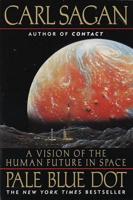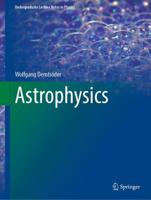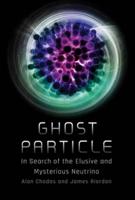Publisher's Synopsis
Hurry! Hurry! Come one, come all. Meet a man who can pull two railroad passenger cars with his teeth and a real-life human cannon ball. Come face to face with a dead rattlesnake that still bites. And unlock the secrets of a magician's bodiless head. Welcome to this updated edition of The Flying Circus of Physics, where death-defying stunts, high-flying acrobatics, strange curiosities, and mind-bending illusions bring to life the fascinating feats of physics in the world around us.
In 1977, Wiley published the first edition of Jearl Walker's The Flying Circus of Physics, which has sold over 100,000 copies and become a cult classic in the physics community. The Flying Circus is a compendium of interesting real world phenomena that can be explained using basic laws of physics. This new edition represents a thorough updating and modernization of the book. The new edition gives us the opportunity to highlight Jearl's creativity, his communication skills, and his ability to make physics interesting.
Jearl Walker received his B.S. in physics from MIT in 1967 and his Ph.D. in physics from the University of Maryland in 1973. His popular book, The Flying Circus of Physics, has been translated into at least 10 languages and is still being sold worldwide. For 16 years he toured his fun-filled Flying Circus lecture throughout the U.S. and Canada, introducing countless teachers to such physics phenomena as molecular adhesion by hanging spoons from his face and Leidenfrost's phenomenon by dipping his wet hand in molten lead without getting hurt.
These lectures led to his national PBS television show, Kinetic Karnival, which ran for several years and won him a local Emmy Award. During his 13 years as a columnist with Scientific American magazine, Dr. Walker wrote 152 articles for "The Amateur Scientist" section, which were translated into at least 9 languages worldwide. His topics ranged from the physics of judo to the physics of bearnaise sauce and lemon meringue pie. In 1990, he took over the textbook Fundamentals of Physics from David Halliday and Robert Resnick and has now published the seventh edition of the book. He has appeared countless times on television and radio and in newspapers and magazines.









